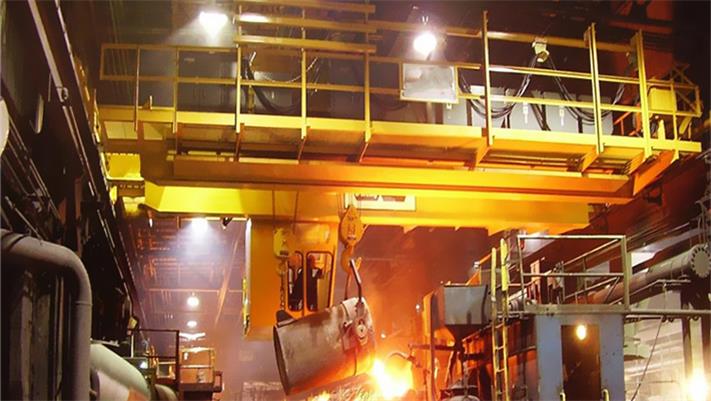

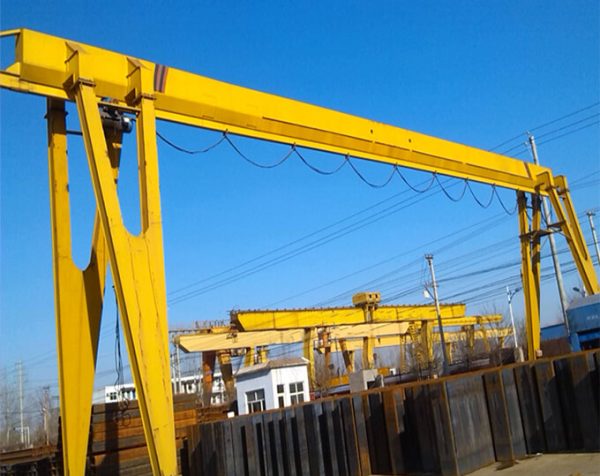

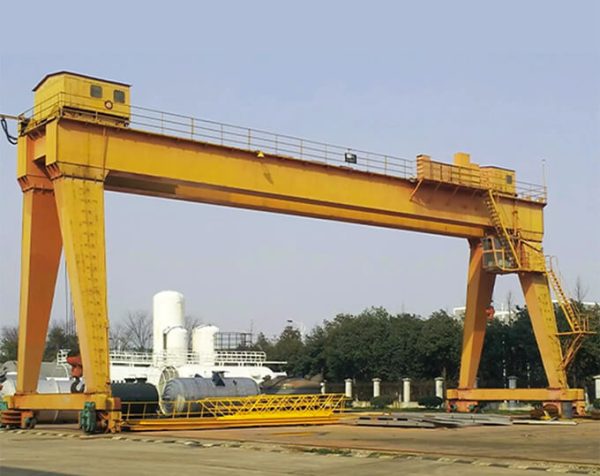
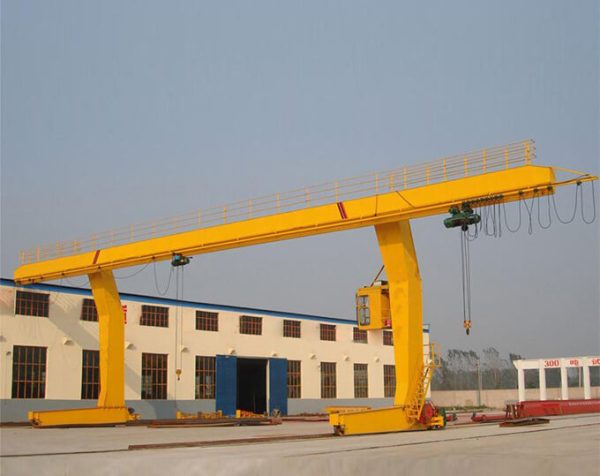
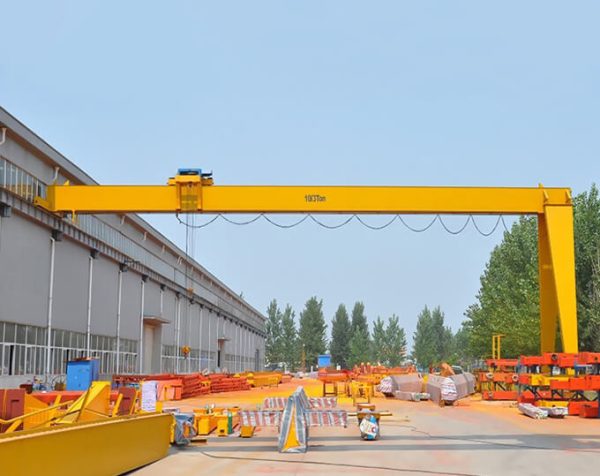
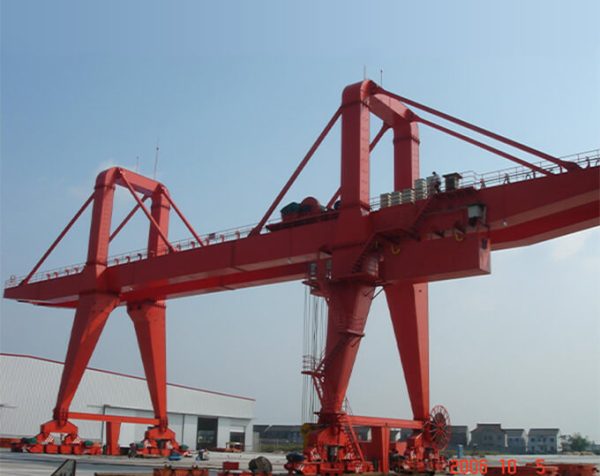

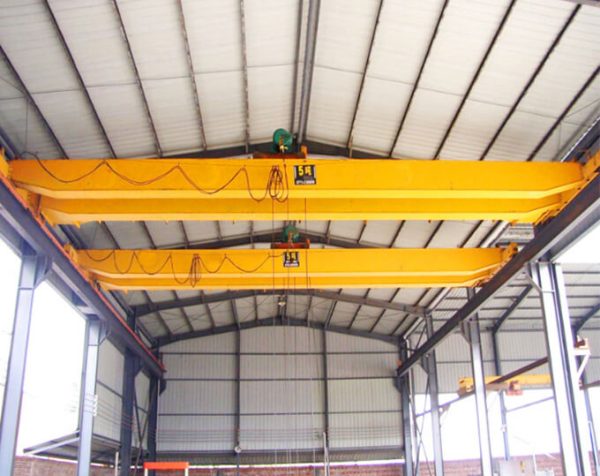
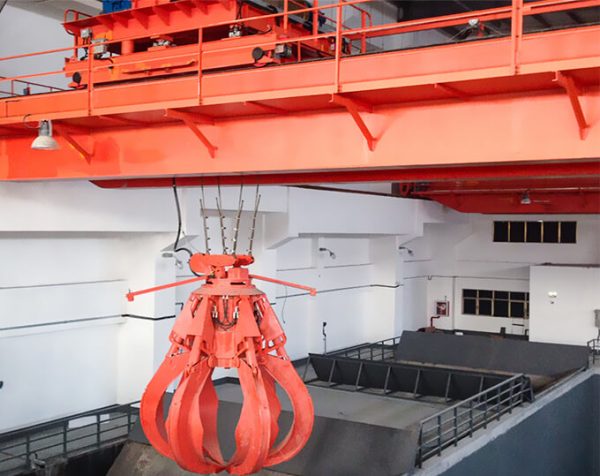
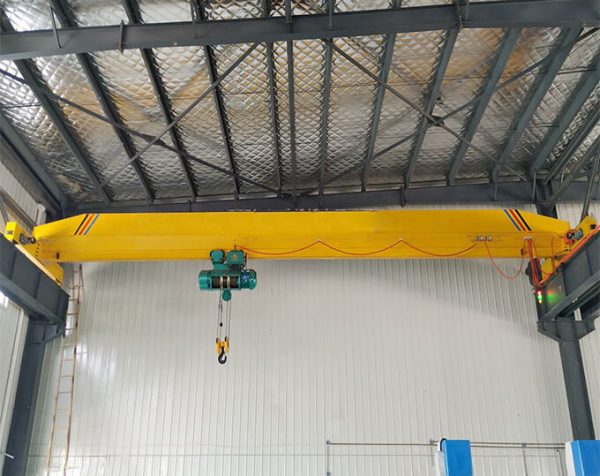
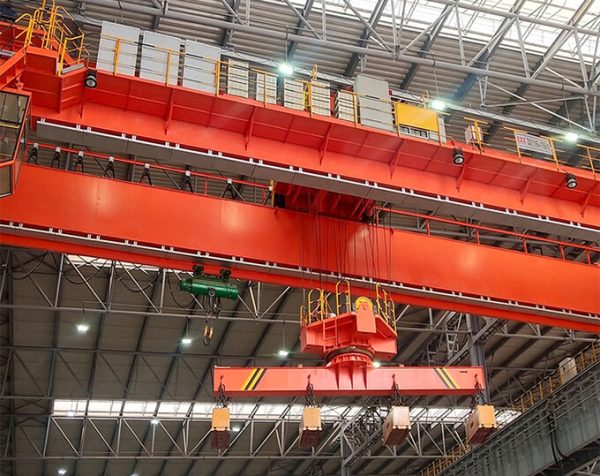
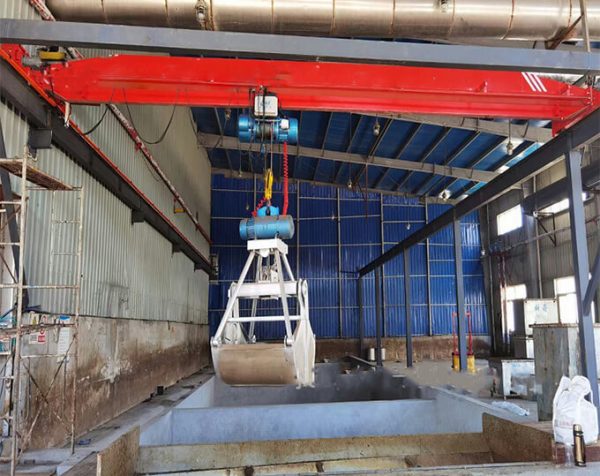
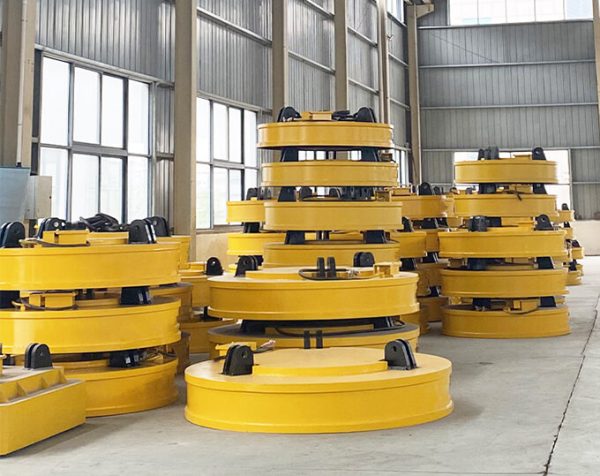
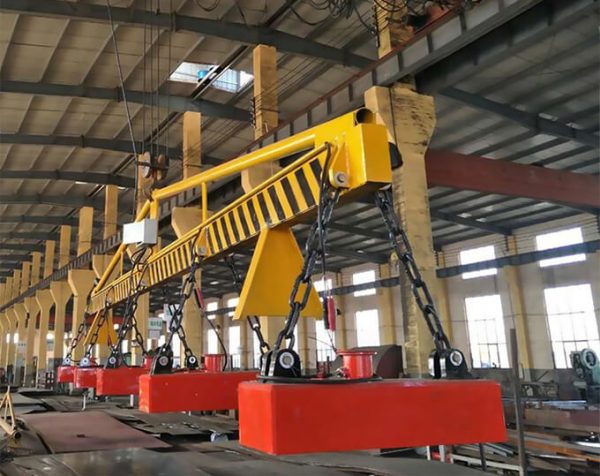
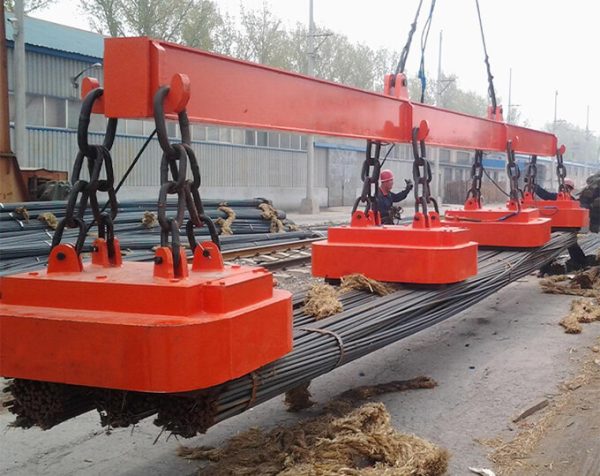
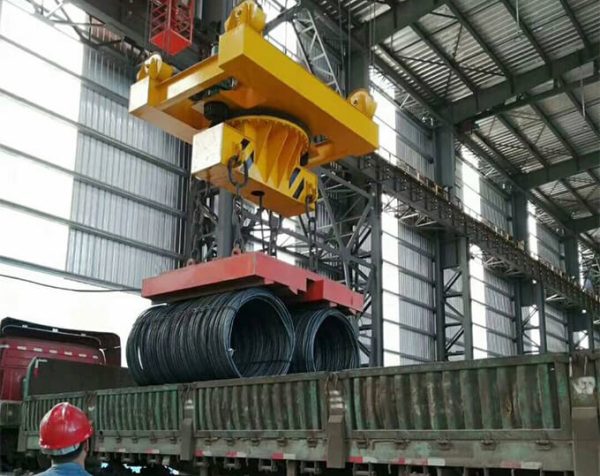
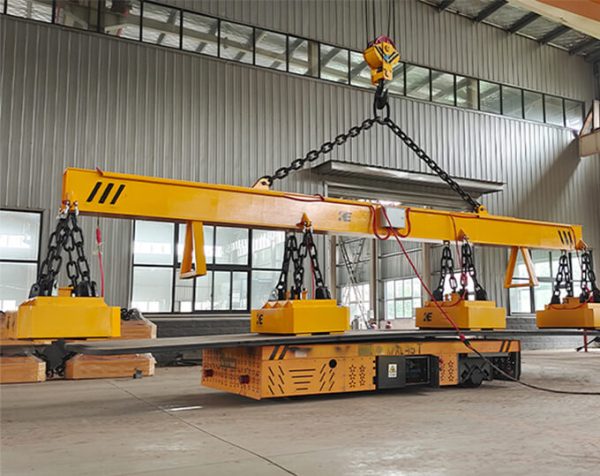
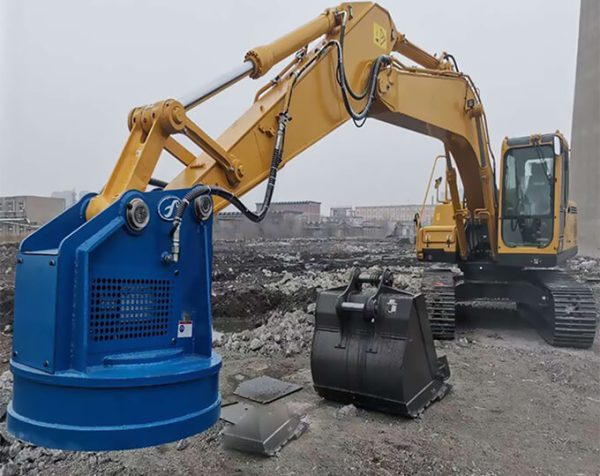
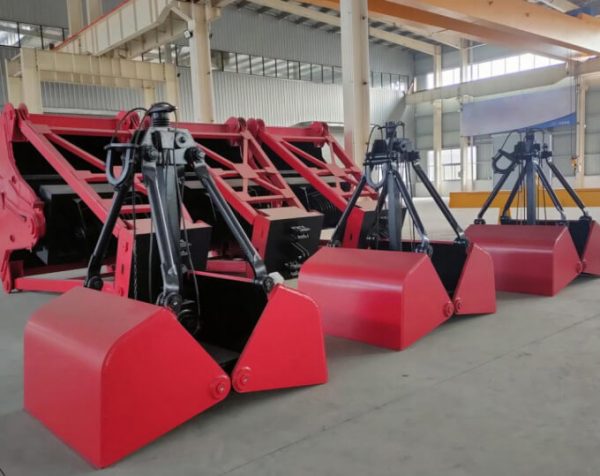
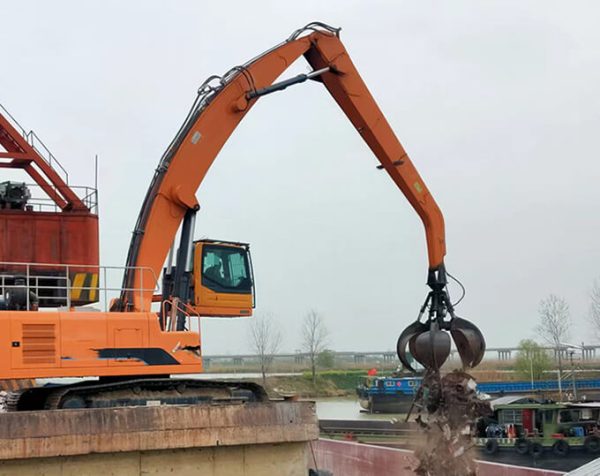
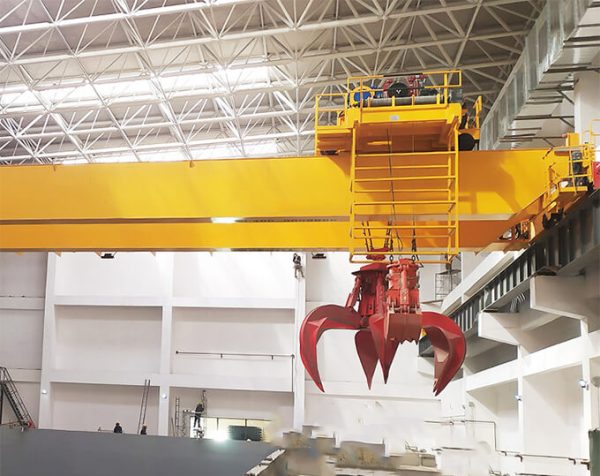
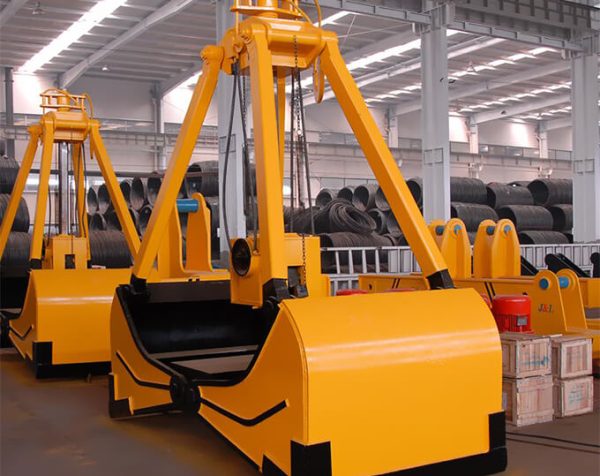
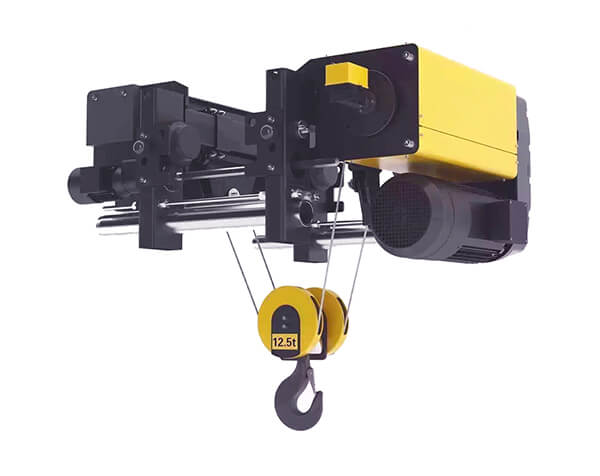
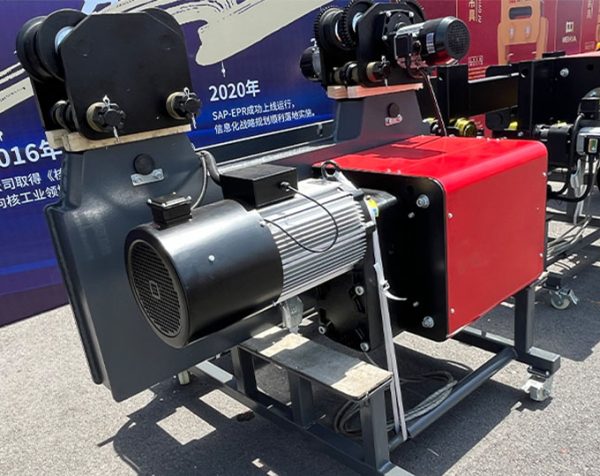
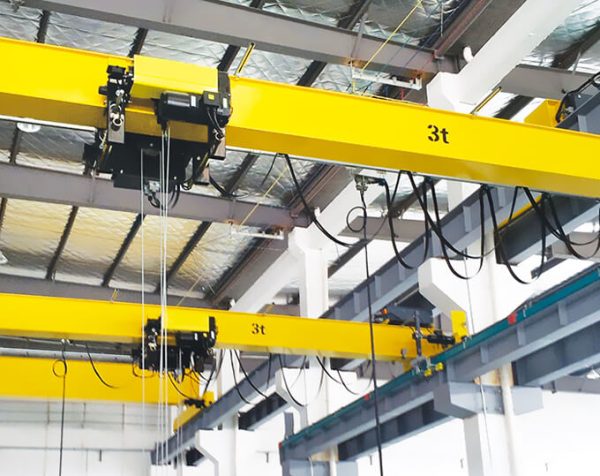
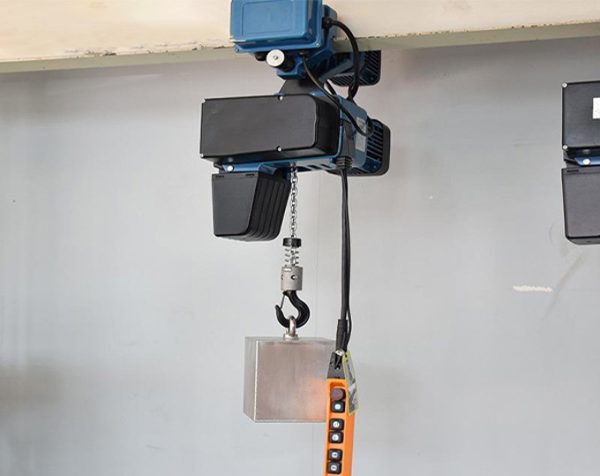
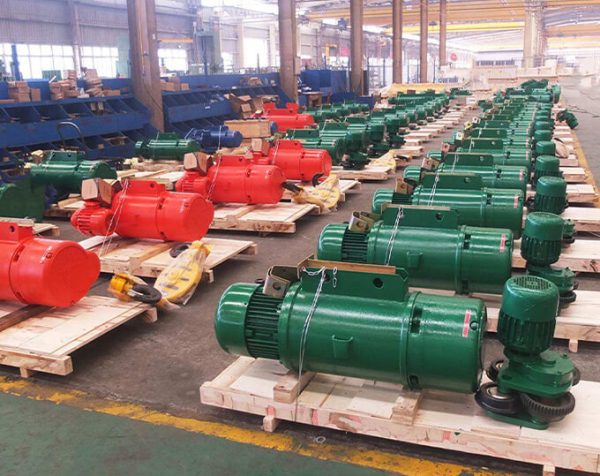
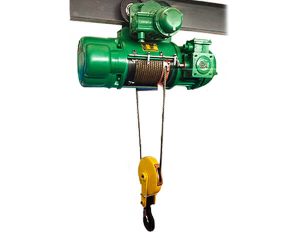
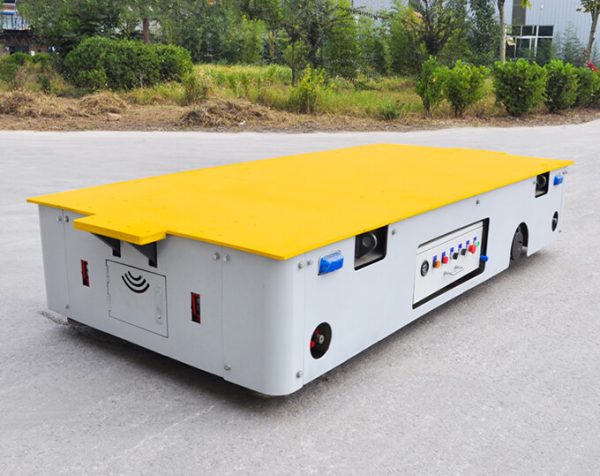
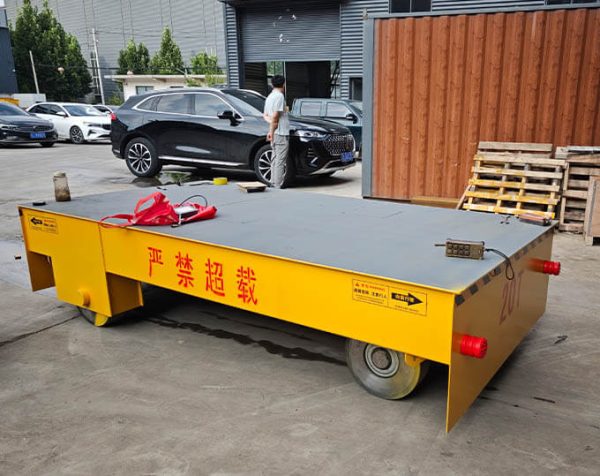
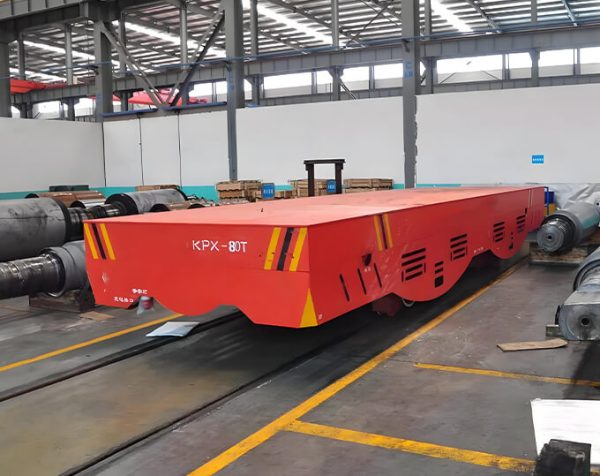

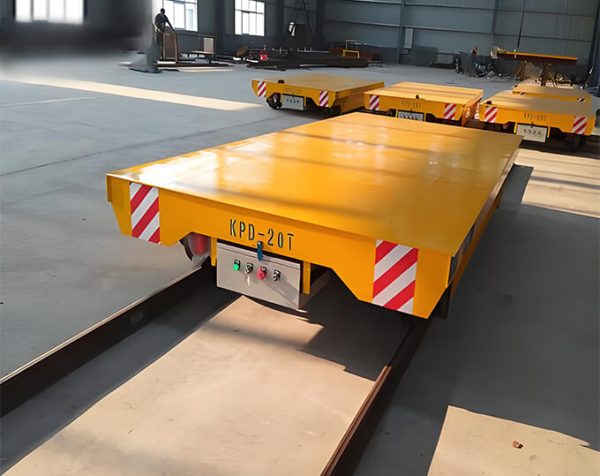



































Originally prevalent in port construction for their efficiency, grab cranes now play an increasingly vital role in urban rail transit projects. The growing demands of metro construction have elevated both technical specifications and economic considerations for muck removal equipment.
Choosing appropriate grab cranes based on project specifics delivers dual benefits:
These cranes excel in vertical shaft excavation, offering distinct advantages over conventional hoppers. While hoppers require external power for loading/unloading, grab systems perform these functions autonomously through their articulated mechanisms comprising pulleys, support frames, and jaw plates
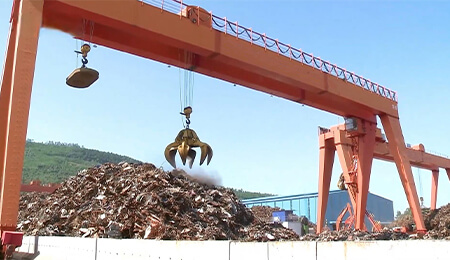
Modern grab cranes incorporate:
As specialized equipment, grab cranes require:
Essential Safety Measures
During empty grab descent:
Growing government investment in urban transit has elevated equipment standards for both safety and performance. The industry's shift toward automation is driving intelligent grab crane development, promising broader applications beyond metro construction.
Grab crane is an automatic picking machine. Its grabbing and unloading actions are operated by the unloader driver and do not require auxiliary personnel.
1.Environmental protection and energy saving
The single-rope grab is a type of grab commonly used in cranes. The general composition is composed of a lifting spreader beam (ring), a wire rope, a sliding rod, an upper supporting beam, a sliding frame group, a lower beam, a supporting rod, a bucket, etc. The single rope grab mainly relies on the interaction of the grab’s sliding block, protrusion, groove and ejector pin to complete the unloading process.
